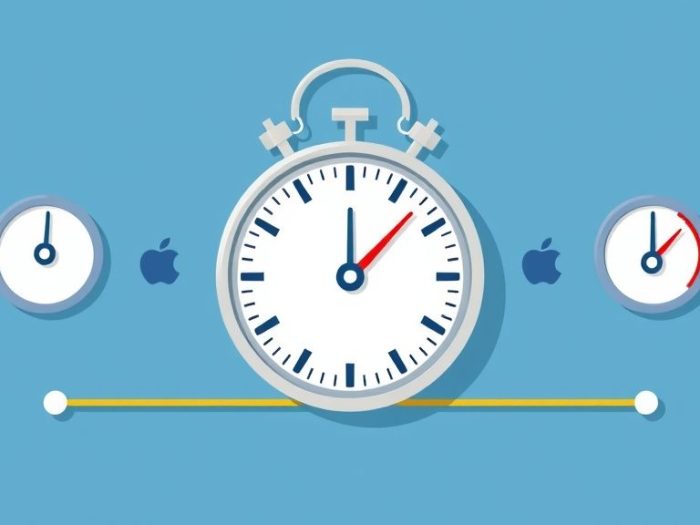Social Security is a crucial component of retirement income for many Americans. While
you can’t control the program’s rules, you can employ strategies to maximize the benefits
you receive over your lifetime. This article explores effective Social Security
optimization strategies to help you get the most out of your hard-earned benefits.
Understanding Social Security Benefits
Social Security benefits are based on your earnings history. The Social Security
Administration (SSA) calculates your average indexed monthly earnings (AIME) and uses
that to determine your primary insurance amount (PIA), which is the benefit you’ll receive
if you start claiming at your full retirement age (FRA).
Key Factors Affecting Your Benefits
- Earnings History: Your earnings during your working years.
- Retirement Age: When you start claiming benefits.
- Spousal Benefits: Benefits available to spouses based on their partner’s earnings record.
- Survivor Benefits: Benefits available to surviving spouses and dependents.
Strategies to Increase Your Lifetime Benefits
1. Work for at Least 35 Years
Social Security calculates your benefits based on your 35 highest-earning years. Working
fewer than 35 years results in zeros being included in the calculation, lowering your
AIME and PIA.
2. Increase Your Earnings
Higher earnings translate to higher benefits. Consider:
- Negotiating salary increases.
- Pursuing promotions or higher-paying jobs.
- Working part-time in retirement (if desired).
3. Delay Claiming Benefits
You can claim Social Security as early as age 62, but your benefit amount will be reduced.
Delaying claiming increases your benefit:
- Early Claiming (Age 62): Reduced benefits.
- Full Retirement Age (FRA): 100% of your PIA. FRA varies based on your birth year.
- Delayed Retirement (Up to Age 70): Increased benefits.
4. Coordinate Spousal Benefits
Spouses may be eligible for benefits based on their own earnings record or up to 50% of
their spouse’s PIA. Coordinate claiming strategies to maximize household benefits.
5. Understand Survivor Benefits
Survivor benefits are available to surviving spouses and dependents. Proper planning can
ensure that survivors receive the maximum benefits.
6. Minimize the Windfall Elimination Provision (WEP) and Government Pension Offset (GPO)
WEP and GPO can reduce Social Security benefits for those with pensions from certain
government jobs. Understand these provisions and explore strategies to minimize their
impact.
Example: Delaying Benefits
If your PIA at FRA is $2,000 per month:
- Claiming at 62 might reduce your benefit to $1,400.
- Delaying to 70 might increase your benefit to $2,480.
Important Considerations
- Health: Your health and life expectancy influence your optimal claiming age.
- Financial Needs: Consider your income needs and other retirement savings.
- Spousal Situation: Coordinate claiming strategies with your spouse.
- Financial Advisor: Seek professional advice for personalized guidance.
Conclusion
Maximizing your Social Security benefits involves careful planning and understanding the
program’s rules. By working at least 35 years, increasing your earnings, and strategically
delaying claiming, you can potentially increase your lifetime benefits and improve your
financial security in retirement.
Related Keywords
Social Security optimization, maximize Social Security benefits, Social Security strategy,
Social Security claiming age, Social Security earnings history, Social Security spousal
benefits, Social Security survivor benefits, Social Security retirement planning, WEP, GPO.
Frequently Asked Questions (FAQ)
1. How are Social Security benefits calculated?
Social Security benefits are based on your earnings history. The SSA calculates
your average indexed monthly earnings (AIME) and uses that to determine your
primary insurance amount (PIA).
2. What is AIME?
AIME (Average Indexed Monthly Earnings) is the average of your highest 35
years of indexed earnings.
3. What is PIA?
PIA (Primary Insurance Amount) is the Social Security benefit you’ll receive if
you start claiming at your full retirement age (FRA).
4. What is the full retirement age (FRA)?
FRA varies based on your birth year. It’s the age at which you receive 100% of
your PIA.
5. How does working for at least 35 years affect my benefits?
Social Security uses your 35 highest-earning years. Working fewer than 35 years
includes zeros in the calculation, lowering your benefits.
6. How does delaying claiming affect my benefits?
Delaying claiming increases your benefit amount. Claiming early reduces it.
7. What are spousal benefits?
Spousal benefits are benefits available to spouses based on their own earnings
record or up to 50% of their partner’s PIA.
8. What are survivor benefits?
Survivor benefits are benefits available to surviving spouses and dependents
when a worker dies.
9. What are the Windfall Elimination Provision (WEP) and Government Pension Offset (GPO)?
WEP and GPO are provisions that can reduce Social Security benefits for those
with pensions from certain government jobs.
10. Should I consult a financial advisor about Social Security?
Yes, consulting a financial advisor is recommended for personalized guidance on
Social Security claiming strategies.



